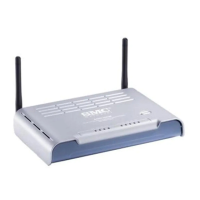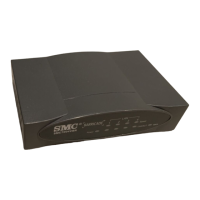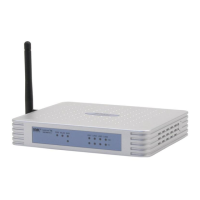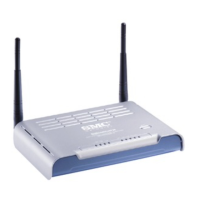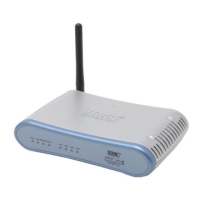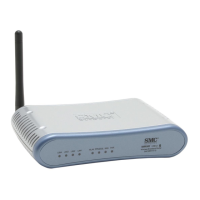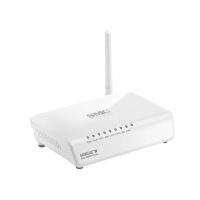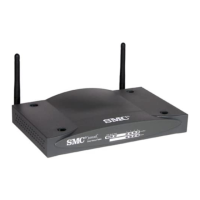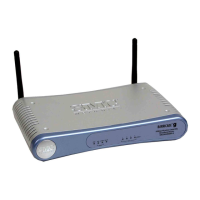3-1
Chapter 3: Network Planning
The wireless AP/Router is designed to be very flexible in its deployment options. It
can be used as an Internet gateway for a small network, or as an access point to
extend an existing wired network to support wireless users. It also supports use as a
wireless bridge to connect two wired LANs.
This chapter explains some of the basic features of the wireless AP/Router and
shows some network topology examples in which the device is implemented.
Internet Gateway Router
The wireless AP/Router can connect directly to a cable or DSL modem to provide an
Internet connection for multiple users through a single service provider account.
Users connect to the wireless AP/Router either through a wired connection to a LAN
port, or though the device’s own wireless network. The wireless AP/Router functions
as an Internet gateway when set to Router Mode.
An Internet gateway employs several functions that essentially create two separate
Internet Protocol (IP) subnetworks; a private internal network with wired and
wireless users, and a public external network that connects to the Internet. Network
traffic is forwarded, or routed, between the two subnetworks.
Figure 3-1. Operating as an Internet Gateway Router
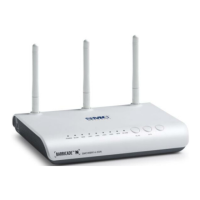
